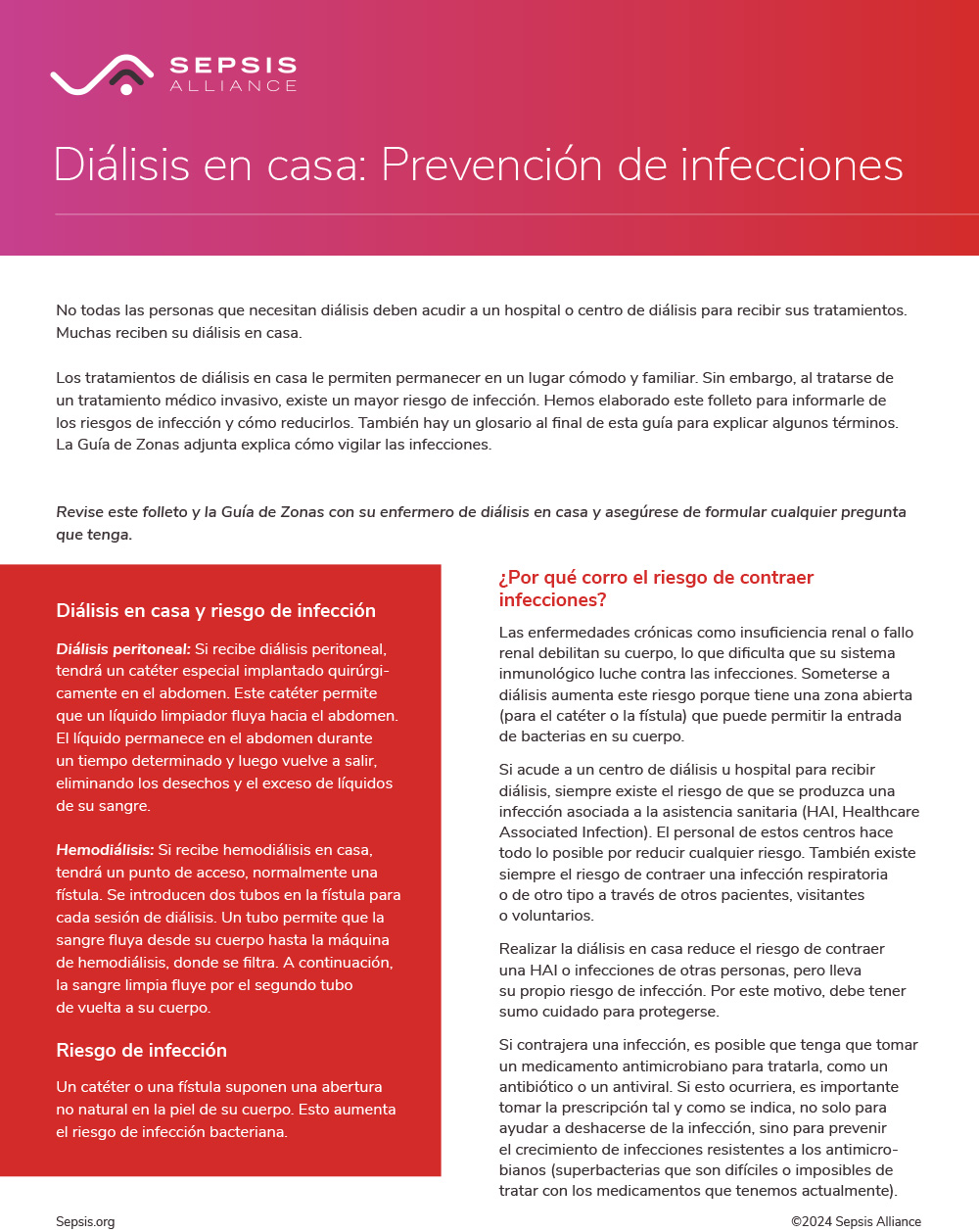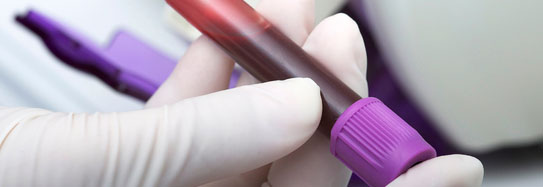Organ failure, including kidney failure, is a hallmark of sepsis. As the body is overwhelmed, its organs begin to shut down, causing even more problems. The kidneys are often among the first to be affected.
According to the National Kidney Foundation, one of the major causes of acute kidney injury (also called AKI) is sepsis. Some studies have found that between 32% and 48% of acute kidney injury cases were caused by sepsis.
What kidneys do
Most people are born with two kidneys. It is possible to live with one kidney, and many people do. Located in the lower back, these bean-shaped organs are each about the size of your fist.
The kidneys’ main role is to filter the blood for waste products from what you eat and drink. The body keeps the nutrients, and the urine carries out the waste. After the kidney makes the urine, it flows down to the bladder to wait until you empty it by urinating.
Renal function is another term for kidney function.
How sepsis affects the kidneys
Sepsis is a life-threatening emergency that happens when your body’s response to an infection damages vital organs and, often, causes death. Like strokes or heart attacks, sepsis is a medical emergency that requires rapid diagnosis and treatment.
There are two ways sepsis can affect the kidneys. The first is if the infection that caused the sepsis begins in the kidney through a kidney infection or a bladder infection that has spread to the kidney. The second is if the cascade of events from sepsis causes kidney damage.
In sepsis and septic shock, your blood pressure drops dangerously low, affecting how the blood flows through your body. Because the blood can’t flow as quickly as it should, it can’t deliver the nutrients needed by the body’s tissues and organs. At the same time, the blood begins to clot within the blood vessels (called disseminated intravascular coagulation, or DIC), slowing down blood flow even more. Like strokes or heart attacks, sepsis is a medical emergency that requires rapid diagnosis and treatment.
Low blood pressure and DIC both can contribute to the kidneys’ failure.
Suggested Citation:
Sepsis Alliance. Sepsis and Kidney Failure. 2024. https://www.sepsis.org/sepsisand/kidney-failure/
Updated February 16, 2024.











































